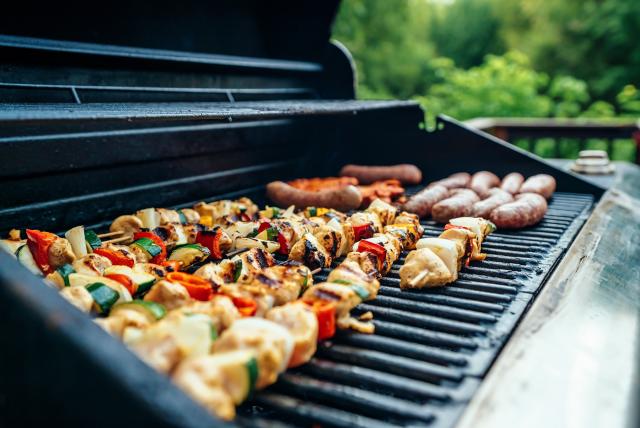Woodend Flower Farm owner Victoria Pemberton has put the petal to the metal gearing up for Valentine’s Day after a difficult few months of growing.
The dahlia-producer has a small block relative to other flower growers – about 200 square metres – but all the rain during the spring which saw parts of the Macedon Ranges inundated decimated her crop.
“My field didn’t flood but we just had so much water, and it was just so consistent that basically most of my flowers either rotted, from stem rot, or they just got so damaged that they were in a state that I couldn’t sell them,” Ms Pemberton said.
After everything, she’s hoping she has enough flowers for Valentine’s Day, which alongside Mother’s Day is one of the biggest days of the year for flower producers.
She said this time last year, she would have had her field full of “rolling blooms”, but this year only about 15 per cent of it is in full flower.
Ms Pemberton spoke to Star Weekly as she stood in her field working, and said from a wellbeing perspective, losing the crop was hard because of the constant time and effort she poured into it.
“You spend a lot of time working on it. When you have nothing to show for it, it’s disheartening – it is hard to say to yourself, ‘I’m just going to start again’,” she said.
Flower Industry Australia is the peak body for Australian flower growers – chief executive Anna Jacobs said the cold and rain this flower season had “been relentless”.
“With flowers, particularly on big days like Valentine’s and Mother’s days, which are the two biggest days of the year in the calendar, they are often hit by temperamental weather,” she explained.
She said in the context of a changing climate, she really felt for growers.
“I’m keen to be able to start working more closely with other stakeholders and government bodies to make sure growers and florists are getting the right support, whether that be grants, or that be help in running their business, or mental health support as well,” she said.
“I would like to see Australian-grown products and I don’t want people having to turn to imported flowers instead of buying locally grown.
“That requires a range of stakeholders to come together and plan how we’re going to adapt to the changes in the climate.”
Ms Pemberton said what she was facing was happening across all growing industries, and she would continue doing what she could to serve her community bunches of colour and joy grown locally.
“I think the most important thing to me as a flower farmer is… that I’m making people happy with the flowers I grow,” she said.







